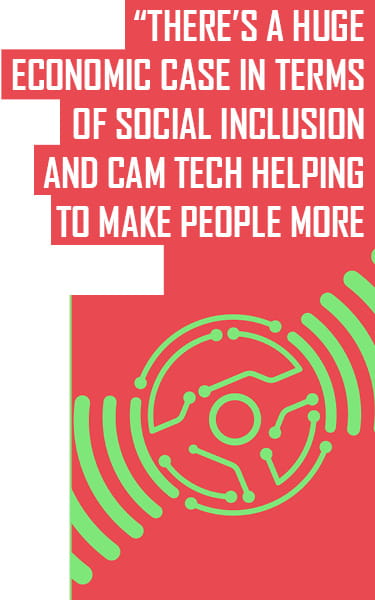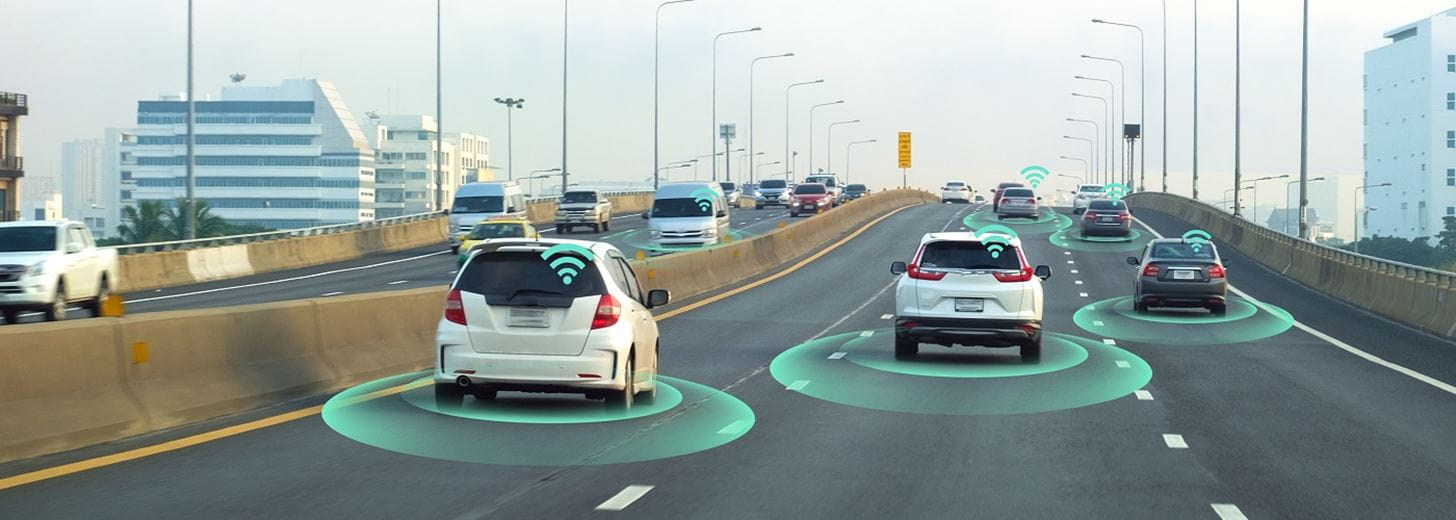The UK’s connected and self-driving vehicle sector sits at the centre of a transport revolution and is predicted to be worth £52 billion by 2035.
Zenzic, a joint venture between UK industry and government, was created to bring together industry, government and academia to create what it describes as “a new, thriving and prosperous economy with a positive impact on society.”
An initial £200m has been committed for Zenzic to develop a coordinated national platform of CAM testing infrastructure. Most recently, the UK Connected and Automated Mobility Roadmap to 2030, created by Zenzic, articulates the path towards delivering on this investment and creating scalable solutions to bring CAM ideas and technologies to reality.
The roadmap should assist decision makers across the public and private sector to better prepare for the “dramatic social and economic change” that is about to impact the movement of people and goods.
As the Roadmap points out, by 2030 the UK should be “benefitting from proven connected and automated mobility, with an increasingly safe and secure road network, improved productivity and greater access to transport for all.”
But its role is also to drive forward UK industry, to benefit mobility, and to help those making vital decisions about how their organisations interact with this change.
Why do we need a roadmap?
The connected and automated mobility sector is a very complex space. If everybody is going to achieve success, we need to decide on a common goal and then work out the potential routes for each of us to get there. This Roadmap makes that possible.

It has to be embraced by the whole community: government, industry and the consumer.
Four key themes have been identified to meet the UK’s cam objectives: society and people, vehicles, infrastructure and services. Which of these themes is the furthest down the road to success?
Success is achieved when all four of these themes come together. Right now, there are three areas that are on the critical path. The first is building the public awareness of connected autonomous technology needed to lead us towards acceptance and then adoption. The second is creating the infrastructure and the telecommunications needed to exploit the potential from connectivity and a transition towards self-driving future. The third is achieving and demonstrating safety and security and, in particular, meeting concerns around cyber security.
What are the main blockers?
The recent economic and political situation doesn’t help because it has – understandably – slowed down decision making in government. The regulatory foundations are extremely important and the recent launch of a Law Commission consultation into the regulation of highly automated vehicles is good news.
Who is driving the business case for embracing connected and automated mobility?
Initially it has to come from the top – from government – but there are so many aspects of the business case that tie up. Government sets out the social policy; there’s a huge economic case in terms of social inclusion and CAM technology helping to make people more effective, which should make society more efficient and therefore productive.
What is the government’s role?
They must continue to provide a vision for CAM, underpinned by policy and effective regulations and instruments – such as codes of practice, which will unlock testing and development in the UK.
How can the private sector realistically help to accelerate delivery of cam technology?
To drive this whole new industry forward, there has to be collaboration; you can’t have one part moving forward way ahead of another. The vehicle sector is dependent on the infrastructure community and vice-versa; it has to be about all parts of the private sector working together. We are seeing such a collaborative approach with Testbed UK, which is co-ordinated by Zenzic, to offer a joined- up service to those wishing to test their connected and self-driving technologies.

There is no such thing as an unselfish act. It is in the interests of the property owners and managers to make sure that the issues that underpin and drive forward CAM technology adoption are addressed – that will enhance the value of their assets while, at the same time, benefiting communities and local government.
What does success look like to you?
A growing CAM ecosystem, benefit to society and growth of the supply chain and industry are the longer-term measures of success of Zenzic and Testbed UK. With regard to the roadmap, success looks like an ever-increasing number of people aligning themselves with the goals and milestones that it lays out, and benefitting from it.
Find out more at zenzic.io/roadmap.
Latest news
- DEFRA has today opened the Improving Farm Productivity grant
- Carter Jonas Reports Half Year Results for 2020
- Carter Jonas Strengthens Rural South West Team With Senior Appointment
- Battery Energy Storage
- Carter Jonas signs-up to Time to Change initiative
- Raft of Promotions at Carter Jonas
- Carter Jonas Achieves Gold Investors In People Accreditation
- Newbury Straw Sale met with Selective Trade as Spring Approaches
- Newbury Straw Sale met with buoyant trade



